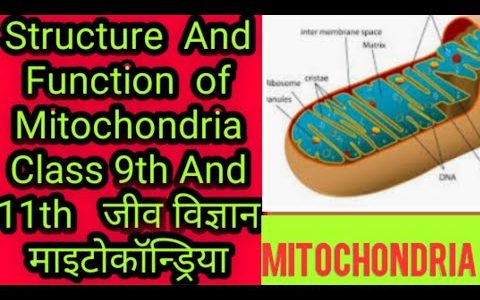Papers referenced in the video:
Therapeutic Potential of NAD-Boosting Molecules: The In Vivo Evidence:
https://pubmed.ncbi.nlm.nih.gov/29514064/
NAD and the aging process: Role in life, death and everything in between:
https://pubmed.ncbi.nlm.nih.gov/27825999/
Flavonoids as inhibitors of human CD38:
https://pubmed.ncbi.nlm.nih.gov/21641214/
Flavonoid apigenin is an inhibitor of the NAD+ ase CD38: implications for cellular NAD+ metabolism, protein acetylation, and treatment of metabolic syndrome:
https://pubmed.ncbi.nlm.nih.gov/23172919/
Characterization of Anthocyanins and Proanthocyanidins in Some Cultivars of Ribes, Aronia, and Sambucus and Their Antioxidant Capacity:
https://pubmed.ncbi.nlm.nih.gov/15612766/
Flavonoid glycosides and antioxidant capacity of various blackberry, blueberry and red grape genotypes determined by high-performance liquid chromatography/mass spectrometry:
https://onlinelibrary.wiley.com/doi/10.1002/jsfa.1885
USDA Database for the Flavonoid Content of Selected Foods:
https://www.ars.usda.gov/arsuserfiles/80400525/data/flav/flav_r03-1.pdf
Large changes in NAD levels associated with CD38 expression during HL-60 cell differentiation:
https://pubmed.ncbi.nlm.nih.gov/24216102/
Effect of genotype and environment on flavonoid concentration and profile of black sorghum grains (incorrectly indicated as Dykes et al. 2013):
https://www.sciencedirect.com/science/article/pii/S0733521012000975
Luteolinidin Protects the Post-ischemic Heart through CD38 Inhibition with Preservation of NAD(P)(H): https://jpet.aspetjournals.org/content/361/1/99
source



